The Real Size Of Early Galaxies Is Coming Into Focus
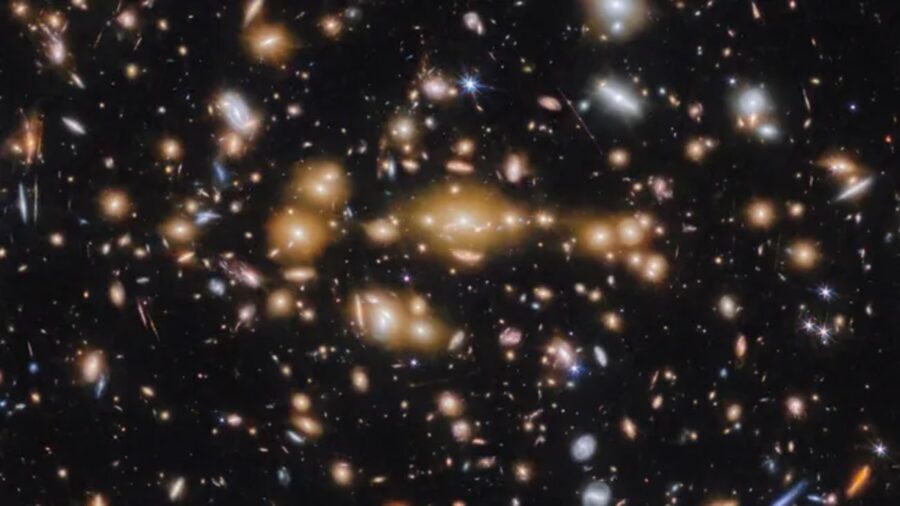
Right after the James Webb Space Telescope launched and began its operation in 2022, the media was struck with breathless headlines, all of which seemed to proclaim that the observations made with the new telescope were shattering our entire previous knowledge of the universe and challenging the theory of cosmic evolution. Most of those headlines were basically clickbait, leading to news that only further solidified and expanded what we previously knew. This includes our knowledge of early galaxies, which were much smaller than we previously realized.
Massive Galaxies?
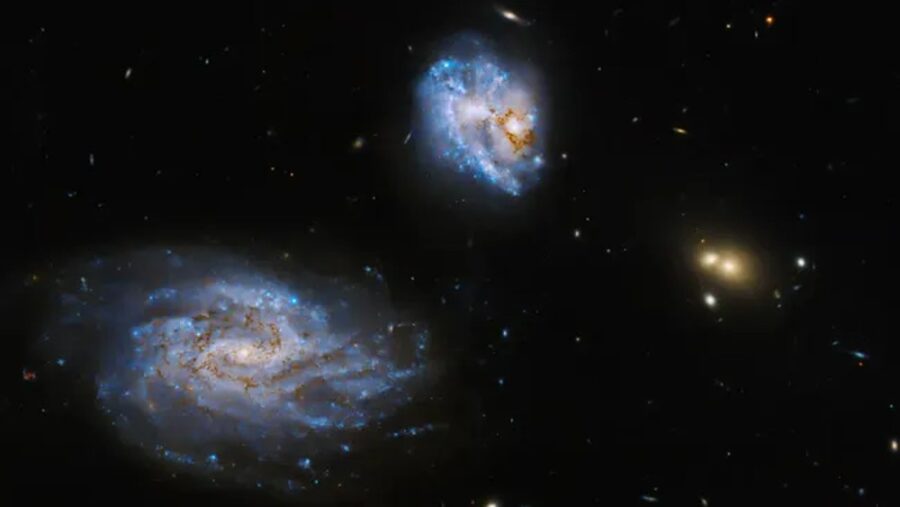
Because light takes time to travel, the observations of distant objects made by the James Webb Space Telescope take plenty of time to reach us, and if you look far enough, you can actually see into the past. Scientists have relied on this natural phenomenon to explore the past of the universe and the formation of early galaxies.
However, instead of finding smaller early galaxies that were in their infancy, they observed massive galaxies that were truly challenging the theory of cosmic evolution, which wasn’t able to explain such formations and their occurrence in such a short time frame.
Appeared Bigger Than They Were
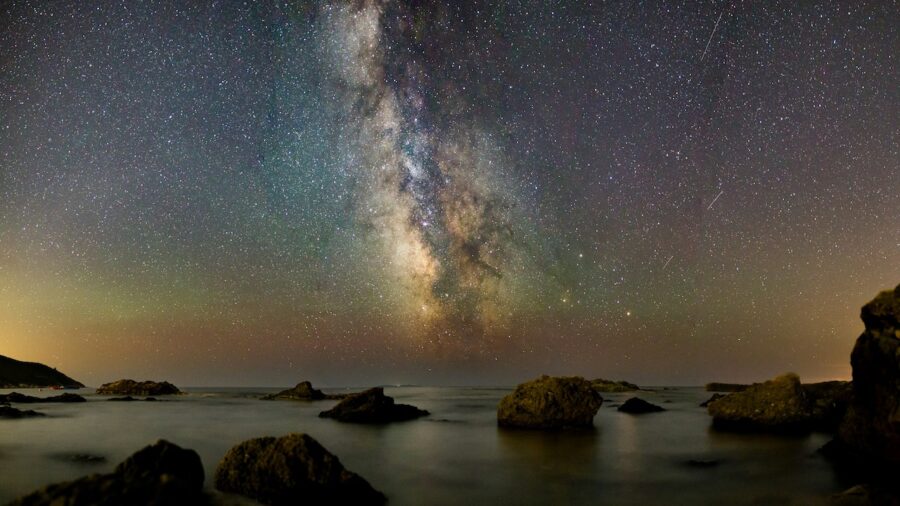
However, new research finds that many of those early galaxies were, in fact, much smaller than they originally appeared and that the massive amounts of light that were initially observed actually came from accretion disks produced by black holes present in their respective centers.
This effectively made early galaxies appear much brighter and bigger than they really were, and while scientists admit that they’ve seen more early galaxies than they have initially predicted, none of them are so big that they could potentially break the established standard model of cosmology.
Friction
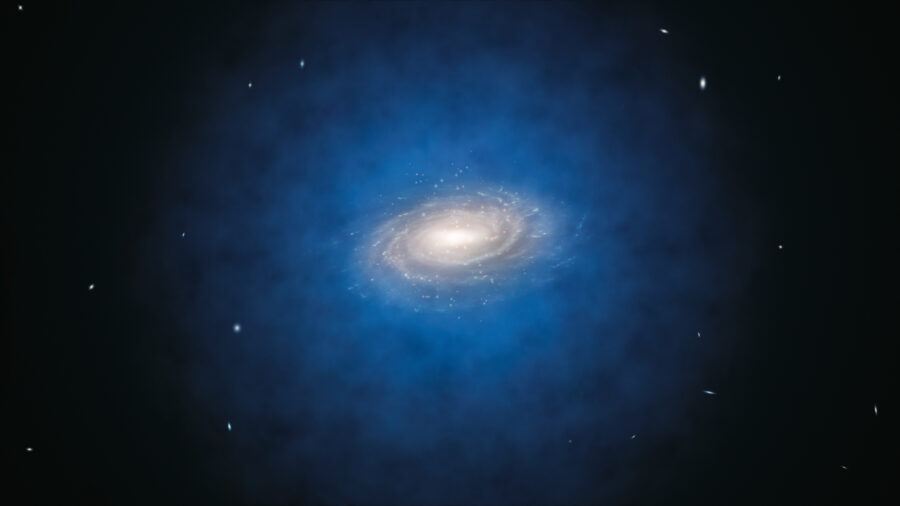
The extra brightness comes from the friction generated by fast-moving gas and other materials drawn into the black holes nestled in the centers of these galaxies.
This makes them appear brighter compared to the light that would be generated simply from the stars within those individual galaxies. Instead, the extra light makes it appear like these galaxies contain much more light-generating stars and are more massive, which the recent discovery disproves.
Early Star Formation
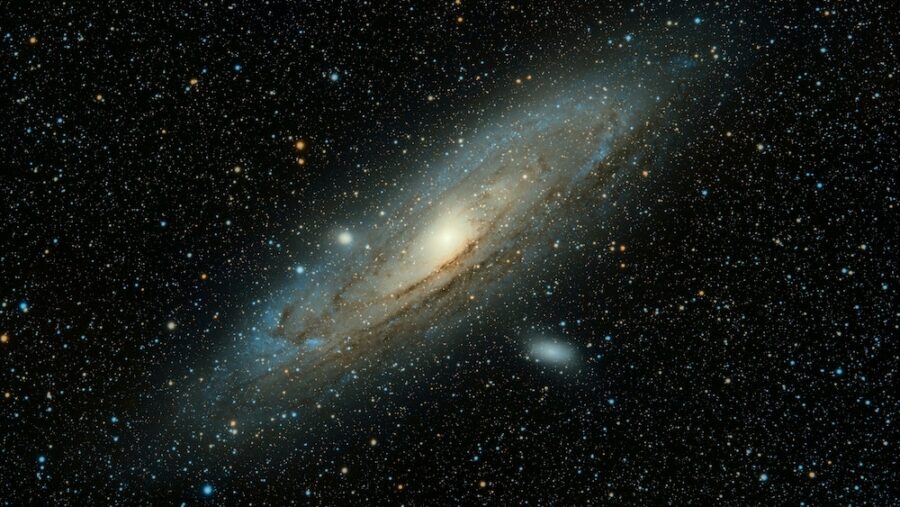
While the issue of brightness solves the problem associated with the apparent massive size of these early galaxies, the issue of their overwhelming number still remains. There are still roughly twice as many early galaxies recorded in James Webb’s data than the number of galaxies suggested by the standard model of cosmology.
The possible reason behind this phenomenon might lie behind the assumption that the early stars formed more quickly than they do now, which would explain the larger number of galaxies in the early universe.
New Questions
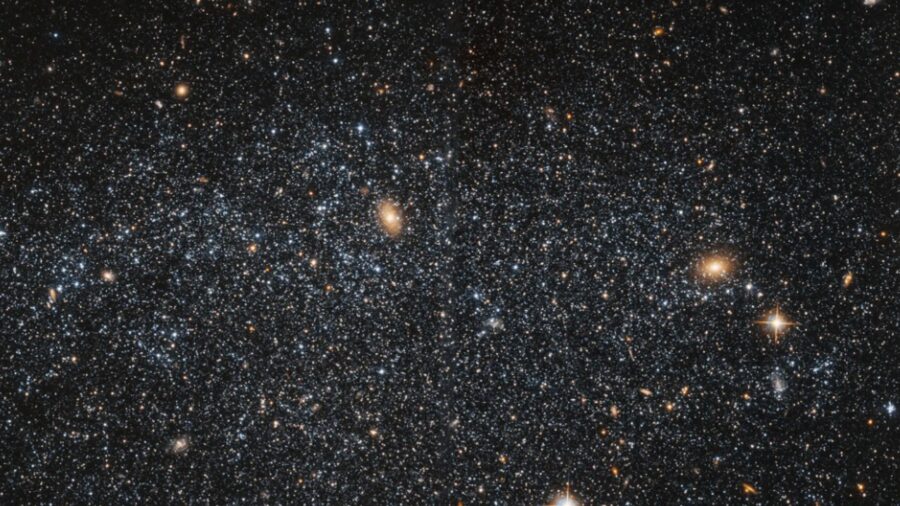
This is entirely possible, considering the expansion of the universe. Current theories suggest that the universe, in its infancy, was much denser, which would make early galaxies into much more efficient star factories than they are today.
However, while the real size of early galaxies is coming into focus, discovering one secret of the universe often leads to new questions about the secrets of the universe. But for now, the standard model of cosmology remains unbroken.
Source: Webb Space Telescope












